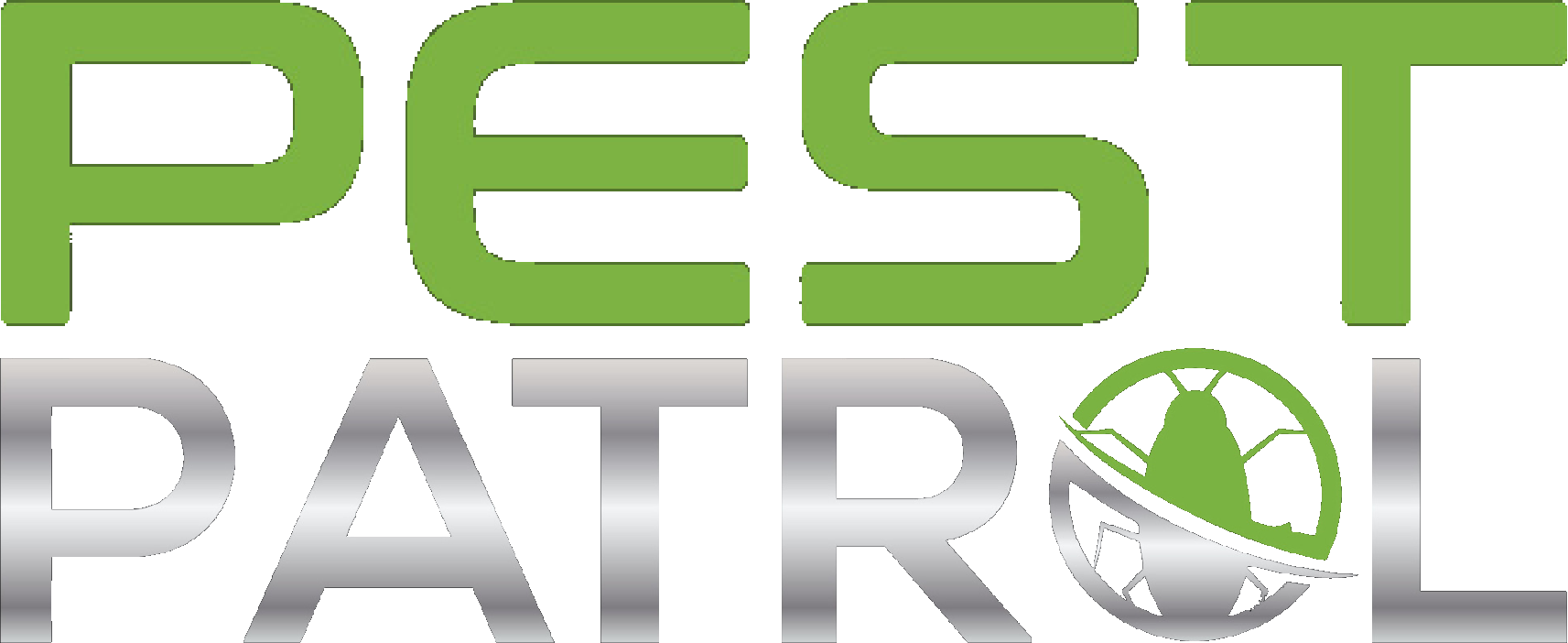Transforming your home into a fortress against pests requires innovative insulation solutions. When you explore insulation materials specifically designed for pest prevention, you’re investing in more than just a cozy retreat; you’re opting for enhanced peace of mind. Pest control insulation plays a crucial role in this transformation. By selecting the right types of pest resistant insulation, such as pest resistant foam insulation, you not only shield your home but also improve energy efficiency. Understanding how to install pest resistant insulation correctly ensures maximum protection. The best insulation for pest control blends seamlessly with your home, keeping unwanted guests out, and offering long-term benefits that enhance your living space.
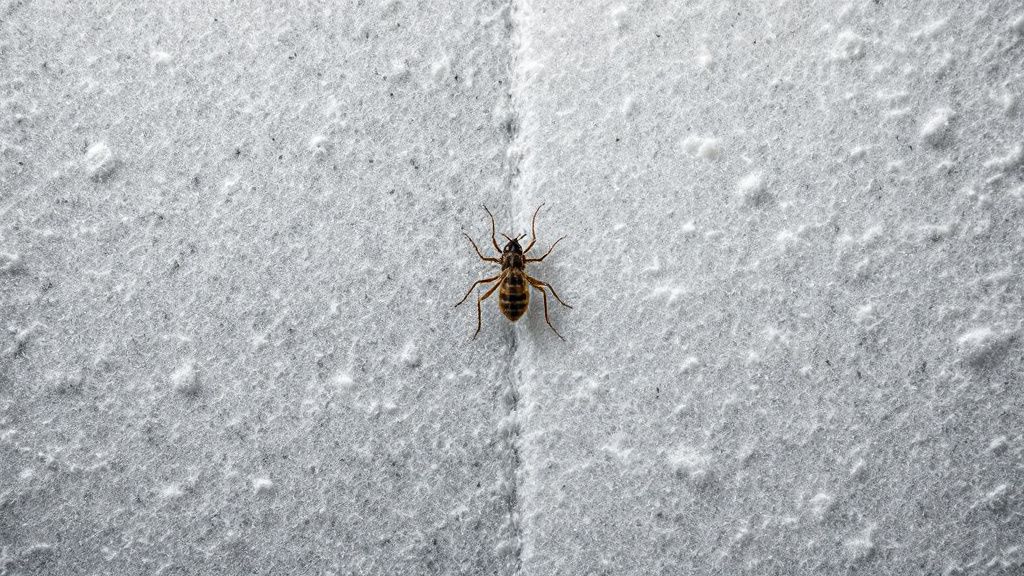
Understanding the Basics of Pest Resistant Insulation
Viewing pest resistant insulation through the lens of enhanced home protection reveals its true value in safeguarding your space. This specialized insulation acts as a formidable barrier against unwelcome critters, incorporating innovative materials to deter pests from making their home within yours. By choosing insulation tailored for pest prevention, you’re not just fortifying your walls but also improving overall home comfort.
Different types of pest resistant insulation each offer unique benefits. Pest resistant foam insulation, for example, provides a tightly sealed layer that effectively blocks entry points for insects and rodents. As an essential component of pest control insulation, this option is highly effective in ensuring you’re selecting the best insulation for pest control needs.
Understanding the benefits of pest resistant insulation goes beyond its protective qualities. It plays a significant role in boosting energy efficiency, contributing to cost savings on utility bills. When you learn how to install pest resistant insulation properly, you harness these advantages fully, creating a safer and more efficient living environment.
These insulation materials not only combat pest issues but also support sustainable living. By integrating pest resistant features with eco-friendly practices, you achieve a balanced approach to home improvement. This not only increases your home’s resilience but also supports your environmental commitment.

Common Pests That Threaten Insulation Integrity
Various pests pose significant threats to the integrity of your home’s insulation, undermining its effectiveness and durability. Termites, for instance, are notorious for their ability to infiltrate and damage insulation materials, compromising the structure over time. Rodents, like mice and rats, are equally problematic, gnawing through insulation and creating entry points that undermine pest control efforts.
On one side, some experts argue that traditional insulation is sufficient to ward off these intruders, believing that good construction is key, while others suggest that only pest resistant insulation can truly deter persistent pests. This contrasting perspective highlights the importance of choosing the best insulation for pest control, which often includes specialized features to resist invasion.
In addition to termites and rodents, smaller insects like ants find their way into insulation, causing unseen damage. To combat these pests, integrating pest resistant foam insulation provides a formidable barrier that prevents these creatures from nesting and wreaking havoc. It’s a crucial aspect of insulation for pest prevention that can significantly improve home safety.
Knowledge of how to install pest resistant insulation effectively further enhances your home’s defense system. Proper installation techniques maximize the benefits, ensuring that your investment in pest resistant technologies provides lasting protection against common invaders, contributing to a secure and efficient living environment.
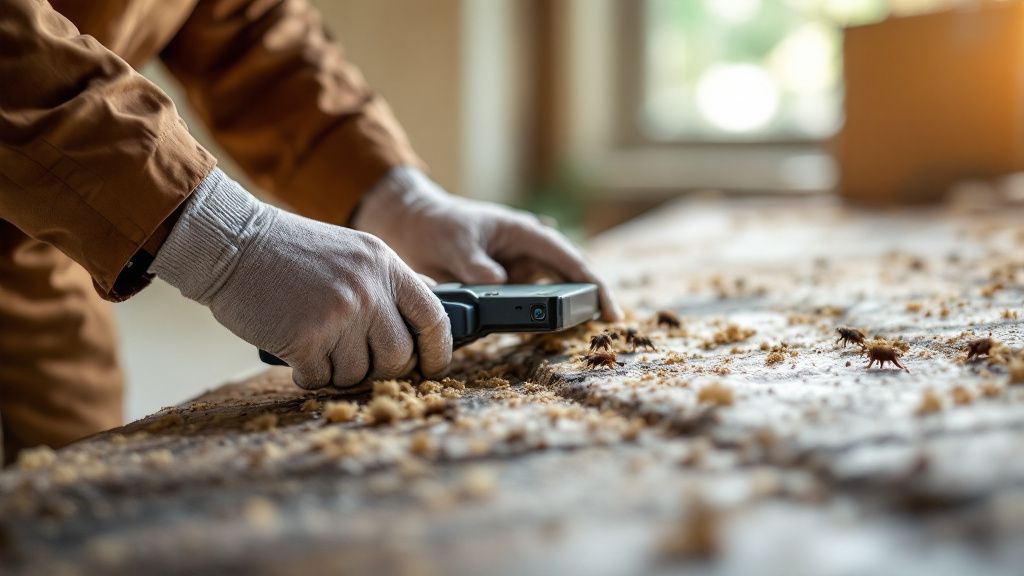
Technologies Behind Pest Resistant Insulation Solutions
Modern pest resistant insulation solutions are rooted in cutting-edge technologies that effectively thwart common household pests. These innovations often incorporate chemical and physical barriers within insulation materials to deter insect and rodent infestations. Pest control insulation leverages advanced materials that are unpleasant to chew, discouraging rodents. Additionally, some types of pest resistant insulation include additives that repel insects, thereby maintaining the integrity and effectiveness of the insulation over time.
Tracing its evolution from the early 20th century, when basic insulation materials first gained popularity, today’s solutions have dramatically advanced. Initially, insulation’s primary concern was energy conservation, but as pest problems in homes became more evident, technologies adapted. Pest resistant foam insulation is a prime example, offering a seamless barrier that combines pest prevention with superior insulation performance. Understanding how to install pest resistant insulation using these technologies ensures optimal protection and enhances your home’s defenses.
Exploring these technological advancements highlights the significant pest resistant insulation benefits. The integration of modern science and materials has transformed traditional insulation solutions, focusing on long-lasting protection and efficiency. By choosing materials designed with these technologies, you not only secure your home against pests but also enhance its overall energy efficiency and comfort. These developments represent a paradigm shift in how we approach home insulation, marrying pest control with thermal management in one robust solution.
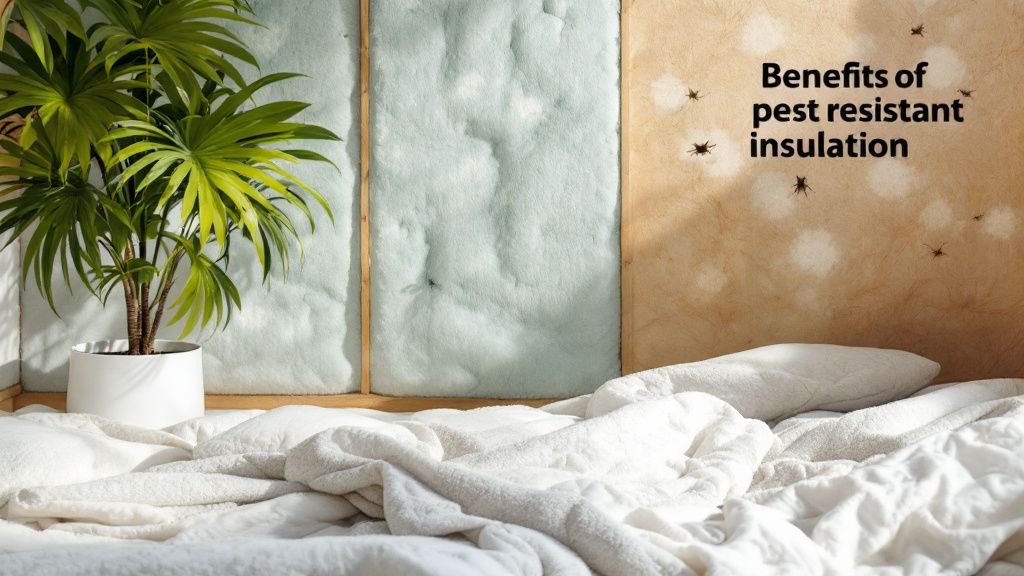
Benefits of Using Pest Resistant Insulation in Homes
The benefits of using pest resistant insulation in homes extend beyond mere pest deterrence, offering a comprehensive approach to enhancing home safety and comfort. This specialized insulation not only acts as a physical barrier against invaders like rodents and insects but also significantly improves energy efficiency, leading to lower utility bills. By investing in insulation for pest prevention, you’re creating a more secure and cost-effective living environment.
Pest resistant insulation benefits also include reducing the need for chemical pest control treatments, a greener and healthier choice for your household. Avoiding these chemicals keeps your indoor air quality high and is especially beneficial for homes with children and pets. The integration of pest resistant foam insulation ensures you enjoy a cleaner, healthier home environment while effectively managing potential pest problems.
One unpopular opinion about pest resistant insulation is that it might not be necessary for every homeowner, especially those living in low pest-risk areas. However, even in such scenarios, this insulation type can provide peace of mind and mitigate any unexpected infestations. Its benefits are not just confined to pest control but also include enhancing the overall structural integrity of your home.
Another layer of advantage comes from the various types of pest resistant insulation available, which cater to different housing needs. The best insulation for pest control can be tailored to suit specific requirements, making it versatile in application and effective in diverse environments. Learning how to install pest resistant insulation properly maximizes these advantages.
Incorporating pest resistant insulation materials contributes to long-term savings on maintenance and repairs. By preventing pest-related damages, you save significantly on potential future costs. This proactive approach makes a meaningful difference, minimizing disruptions and enhancing the longevity and value of your home, making it a wise investment for any homeowner wanting a secure, efficient abode.
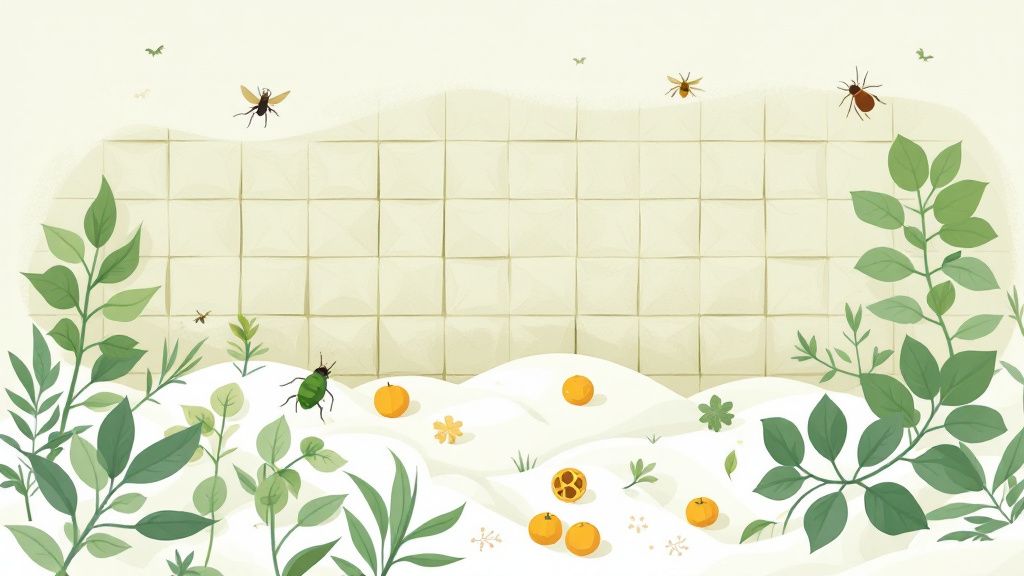
Environmental Impact of Pest Resistant Insulation
The environmental impact of pest resistant insulation is a significant consideration for eco-conscious homeowners. This insulation not only reduces reliance on chemical pest control methods but also offers superior thermal efficiency that keeps energy consumption lower. By using insulation materials designed for pest prevention, you lessen your carbon footprint, contributing to a more sustainable living environment.
One of the most frequently asked questions about pest resistant insulation is whether it adversely affects the environment due to the additives used. The answer is that many types of pest resistant insulation incorporate eco-friendly materials and processes, aiming to minimize environmental harm while delivering effective pest deterrence. These sustainable solutions keep your home pest-free without compromising ecological integrity.
Pest resistant foam insulation exemplifies the balance between environmental consciousness and performance. Designed to maximize home efficiency, this insulation type helps reduce energy expenditures, aiding in the broader fight against climate change. The benefits of choosing such insulation are not only seen in your home’s comfort but also in your contribution to global sustainability initiatives.
Understanding how to install pest resistant insulation properly ensures that these environmental advantages are fully realized. By following best practices, you enhance both the efficacy and safety of your insulation choice, making a substantial difference in your home’s ecological impact and paving the way for a more sustainable future.
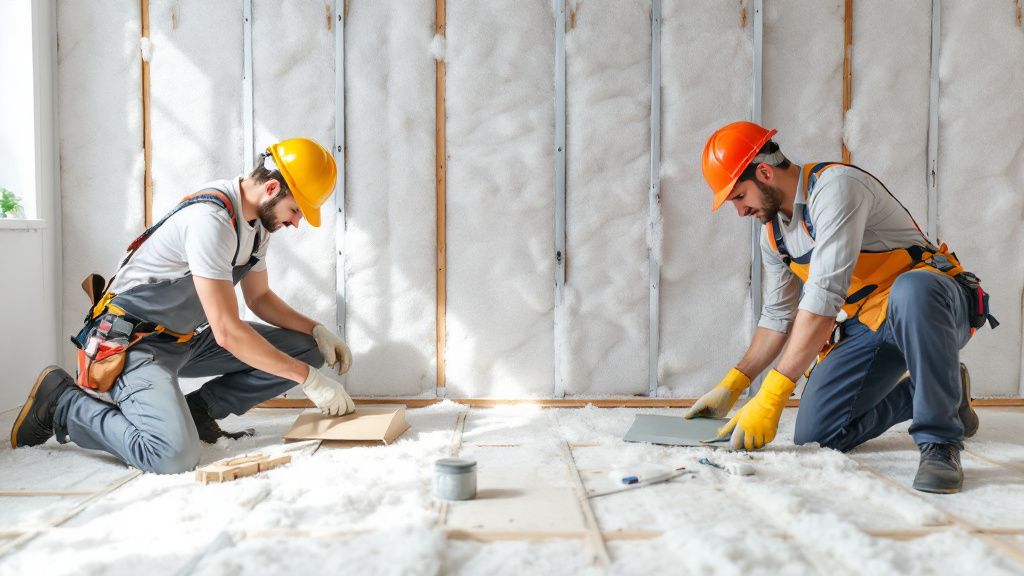
DIY vs Professional Installation of Pest Resistant Insulation
Choosing between DIY and professional installation of pest resistant insulation involves weighing numerous factors, including cost, skill level, and effectiveness. If you opt for a DIY approach, you might save on labor but could risk incorrect installation, which may compromise the insulation’s pest control capabilities. Understanding how to install pest resistant insulation correctly is crucial to maximize its benefits and ensure long-lasting protection.
Professional installation offers the advantage of expertise and guarantees that your insulation for pest prevention is optimally placed. This is especially true for more complex types of pest resistant insulation, like pest resistant foam insulation, which requires specific techniques to ensure maximum coverage and effectiveness. Hiring professionals can also be more time-efficient, providing peace of mind that your home is well protected.
In the next few years, pest control insulation installations are likely to see a significant rise in DIY attempts owing to the increasing availability of online tutorials and easy-to-use materials. However, professional installations will continue to dominate for those seeking guaranteed results and expert advice on the best insulation for pest control approaches.
Comparing the two options highlights that while DIY methods can be tempting for budget-conscious homeowners, professional installations often ensure a higher standard and longevity of pest resistant insulation. This trade-off is vital as you determine the best path forward for your home improvement needs, ensuring that your home remains safe and efficient for the long term.
